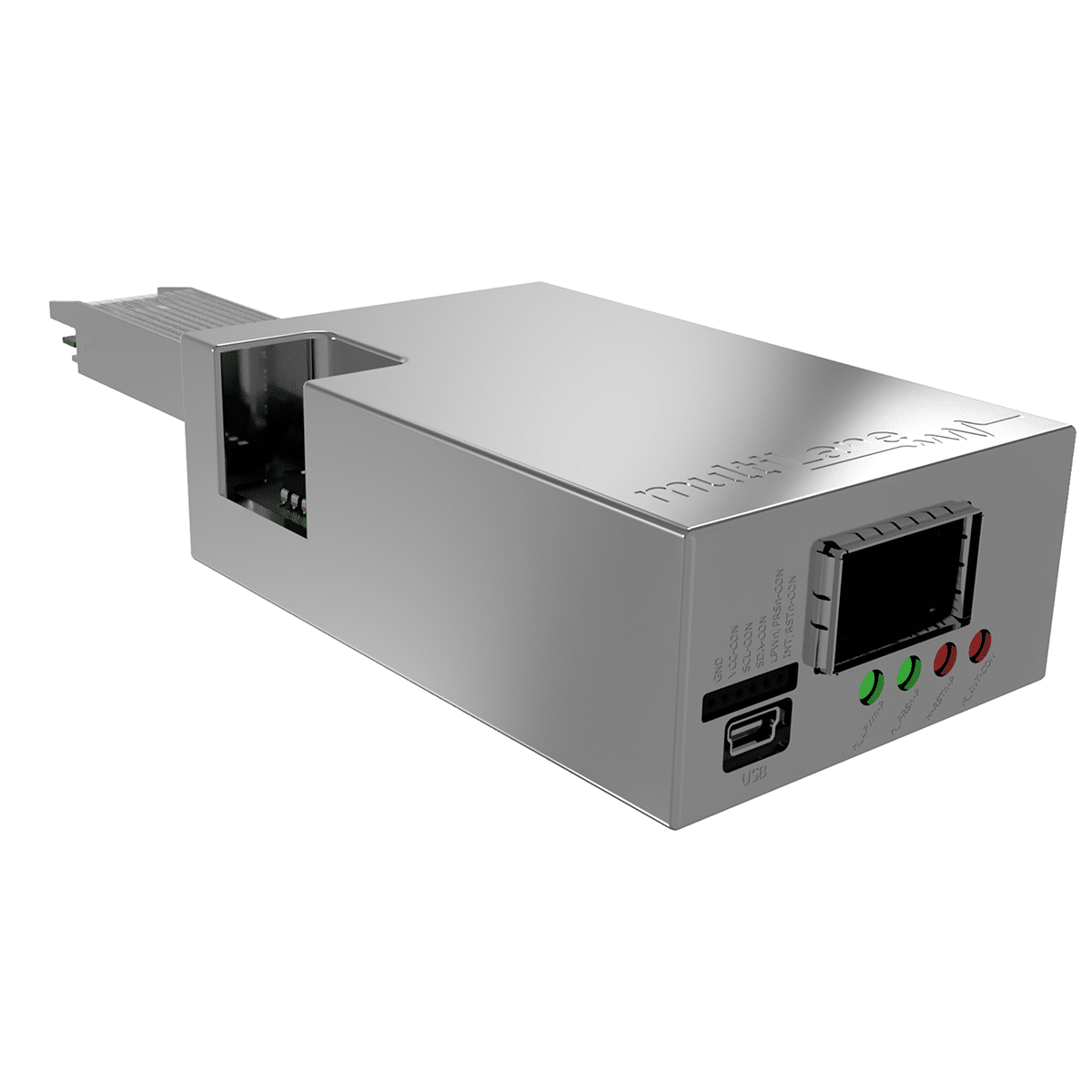As the digital era accelerates, the demand for faster, more efficient data transmission has never been more important. In the heart of this technological revolution lies the emergence of 800 Gigabit Ethernet (800G), a beacon of high-speed data transmission that promises to redefine network capabilities and support the data requirements of modern enterprises.
However, as with any new technology, the road to integration is strewn with challenges.
1. The Complexity of Evolving Standards
One of the foremost challenges in the adoption of 800G technology is the fluid nature of its standards. The 800G landscape is a testament to rapid technological evolution, where standards are continually being written and revised. This continuous state of flux presents a significant hurdle for early adopters, who must remain agile and responsive to these changes.
The Dual-Edged Sword of PAM4 Encoding
At the core of 800G technology lies PAM4 (Pulse Amplitude Modulation with 4 levels), a signaling scheme that encodes two bits of logical data in each symbol, effectively doubling the data rate. However, this increase in data rate comes at a cost. The transition from NRZ (Non-Return to Zero) to PAM4 introduces complexities such as signal-to-noise ratio degradation and increased error rates. Additionally, the move to higher-order modulation for 200G lanes in future strategies introduces new intricacies that require meticulous validation and testing.
2. Interoperability and Compatibility
The diversity of devices and components in the 800G ecosystem presents another layer of complexity: interoperability and compatibility. Early devices may not fully support evolving standards, leading to compatibility issues that can manifest as link flaps, performance degradation, or complete transmission failures.
Auto-Negotiation and Link Training: A Delicate Dance
The integration of Auto-Negotiation (AN) and Link Training (LT) in 800G devices aims to streamline communication and enhance compatibility across various devices. However, the varying degrees of support for these features in early devices introduce a compatibility maze that adopters must navigate. The challenge lies in ensuring that devices with different levels of AN and LT support can communicate effectively without manual intervention, a task that becomes increasingly complex with the introduction of new components and technologies.
3. The High Cost of High Speed
The adoption of 800G technology comes with a hefty price tag, primarily due to the high cost and limited availability of high-speed optics. These components are not only expensive but also in short supply, creating a significant barrier for widespread adoption and extensive testing, especially interoperability testing.
The Heat Dilemma
High speed interfaces use a lot of power—and create a lot of heat. The high levels of power consumption and heat generation by 800G optics pose a formidable challenge in maintaining optimal performance. Efficient cooling mechanisms are paramount to prevent performance throttling or, worse, damage to the expensive components. Furthermore, the high power draw has implications on the data centre infrastructure, necessitating a reevaluation of power distribution and cooling strategies to accommodate the increased thermal load.
4. Amplified Technical Challenges
The leap from 400G to 800G is not merely a numerical increase; it’s a substantial escalation in technical complexity. The doubled data rate introduces challenges across the board, from ASIC design and PCB layout to signal integrity and thermal management.
Ensuring Signal Integrity at Breakneck Speeds
Maintaining signal integrity at 800G speeds is akin to performing a high-wire act without a safety net. The increased line rate and doubled symbol rate intensify the impact of minor issues that were previously negligible. Ensuring high quality signalling requires meticulous design considerations, such as the use of advanced materials, advanced fabrication processes, and stringent PCB layout guidelines. Any impedance discontinuity or design flaw can result in signal integrity issues and crosstalk, undermining the performance and reliability of the entire system.
5. The Need for Comprehensive Testing
In the face of these challenges, comprehensive testing emerges as the linchpin for successful 800G adoption. However, testing at this level is not just a matter of running a few benchmarks; it’s an extensive, multi-faceted endeavour that starts at the physical layer.

